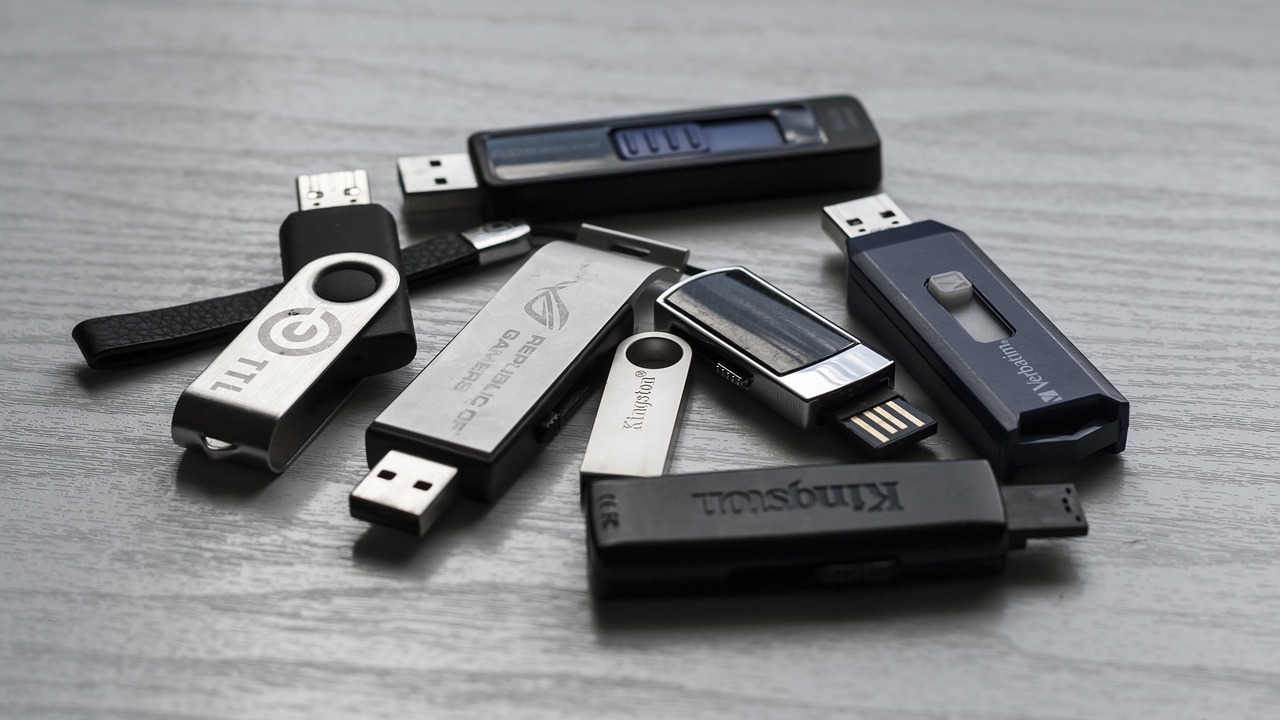A few years back, keeping your gadgets charged all the time was a pain in the butt, but with the passage of time and advancement in technology it has literally become an easy stuff. Standardized connectors and chargers developed with special features is a boon for gadget users because it gives users the comfort to charge their device, share data, and other relevant digital stuff at any place and time.
Not every USB is same
Though USBs have solved the problem of charging or connecting a digital mobile device, but not all the USB cables, chargers and connectors can be assumed to be the best. USBs can be differentiated on the basis of their power consumption and supply. There are USB sockets through which you can charge your device when the host device is ON, while there are some USB sockets via which you can charge your gadget even when the host is turned off.
The specifications USBs contain
Earlier, USB comes in three specifications, namely, USB 1.0, 2.0 and 3.0. Later a 3.1 USB specification and USB-C connectors also came in market. They all are significantly different from each other and the most common and popular variants from these are 3.0 and 2.0. Micro USB cables are the most widely accepted and used mediator devices.
To use USB cables or connectors, one needs to have a host and a device. Power only transmits in one direction, from host to the device. However, data can be transmitted in both the directions. A USB-C connector is the advancement and can be made to work either way.
Brands like Apple and Google have given USBs a major boost by including them in their MacBook and Chromebook Pixel, respectively.
Technicality
Every USB socket contains 4 pins and every USB cable contains four wires. The pins which are held inside carries data (D+ and D-) and the outside pins helps in providing 5-Volt power supply.
A charging downstream port, a standard downstream port and a dictated charging port are the 3 types of USB ports. Dictated charging ports are generally found in wall chargers, while the other two in you PCs.
A standard downstream port can deliver 500 mA (1.5A) power in the USB with 1.0 or 2.0 specifications, approx 900 mA (0.9A) in USB 3.0. While a dictated charging and charging downstream ports can deliver upto 1500 mA (1.5A).
Can USBs be hazardous to your device?
People are always interrogative about if they plug their smartphone into a 2100 mA iPad charger, which originally came with a 900 mA wall charger, will it blow up? The answer to this question is – NO. No USB cable under this circumstance can blow your device and in fact it will speed up the charging.
USBs have made charging devices a lot simpler and easier than ever before. You only need to take care of some basic electronic device preventive measures, which you take care while the handling of other devices as well, and you are all set to take full advantage of your new USB device.





